
Relaxation Techniques
Understanding Relaxation Techniques
In today's fast-paced world, the importance of relaxation cannot be overstated. Stress can accumulate from various sources, including work, relationships, and daily responsibilities. To combat this, relaxation techniques have emerged as effective methods for reducing stress and enhancing overall well-being. These practices not only provide a mental escape but also contribute to physical health. Below are several techniques that can help cultivate a sense of calm and balance in life.
The Relaxation Response
One foundational concept in relaxation is the "relaxation response," a term coined by Dr. Herbert Benson in the 1970s. This response is a physiological state of deep rest that can be elicited through various techniques, leading to a decrease in stress levels. By activating this response, individuals can experience a reduction in heart rate, blood pressure, and muscle tension.
Six Effective Relaxation Techniques
While there are numerous relaxation techniques available, it is often beneficial to explore a variety of methods to discover what resonates best with individual preferences. Here are six effective techniques to consider:
- Deep Breathing: This simple yet powerful technique involves focusing on your breath. Inhale deeply through your nose, allowing your abdomen to expand, and then exhale slowly through your mouth. Practicing deep breathing for just a few minutes can significantly reduce anxiety and promote relaxation.
- Progressive Muscle Relaxation: This technique involves tensing and then relaxing each muscle group in the body, starting from the toes and working up to the head. By focusing on the contrast between tension and relaxation, individuals can release physical stress and promote a sense of calm.
- Mindfulness Meditation: Mindfulness encourages individuals to focus on the present moment without judgment. By observing thoughts and feelings as they arise, one can cultivate a sense of peace and clarity. Even a few minutes of mindfulness practice each day can yield significant benefits.
- Yoga: Combining physical movement with breath awareness, yoga promotes flexibility, balance, and relaxation. Various styles of yoga cater to different needs, making it accessible for individuals of all fitness levels.
- Visualization: This technique involves imagining a peaceful scene or experience, engaging all the senses to create a vivid mental image. Visualization can transport individuals to a serene place, helping to alleviate stress and anxiety.
- Gentle Stretching: Incorporating gentle stretches into your daily routine can help release tension in the body. Focus on areas that commonly hold stress, such as the neck, shoulders, and back, to enhance relaxation.
Finding Your Best Fit
It is essential to remember that not every technique will work for everyone. Experts recommend sampling several methods to determine which ones resonate most effectively. Aim to practice for at least 20 minutes a day, although even a few minutes can be beneficial. The key is consistency; the more regularly these techniques are practiced, the greater the potential for stress reduction and relaxation.
Conclusion
Incorporating relaxation techniques into daily life can lead to profound improvements in mental and physical health. By taking the time to explore various methods, individuals can find their unique path to tranquility and balance. As stress continues to be a prevalent issue in modern society, embracing these practices can be a valuable step toward achieving a more peaceful and fulfilling life.
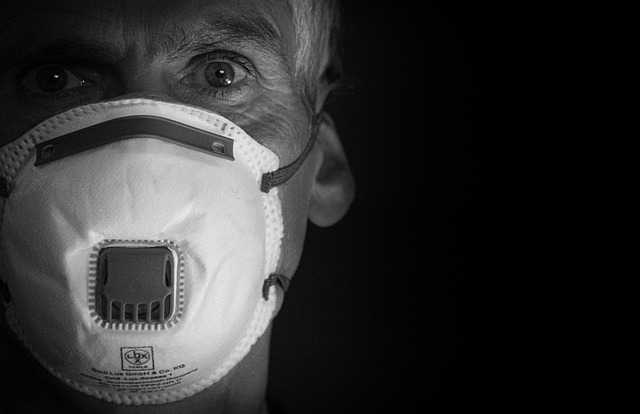



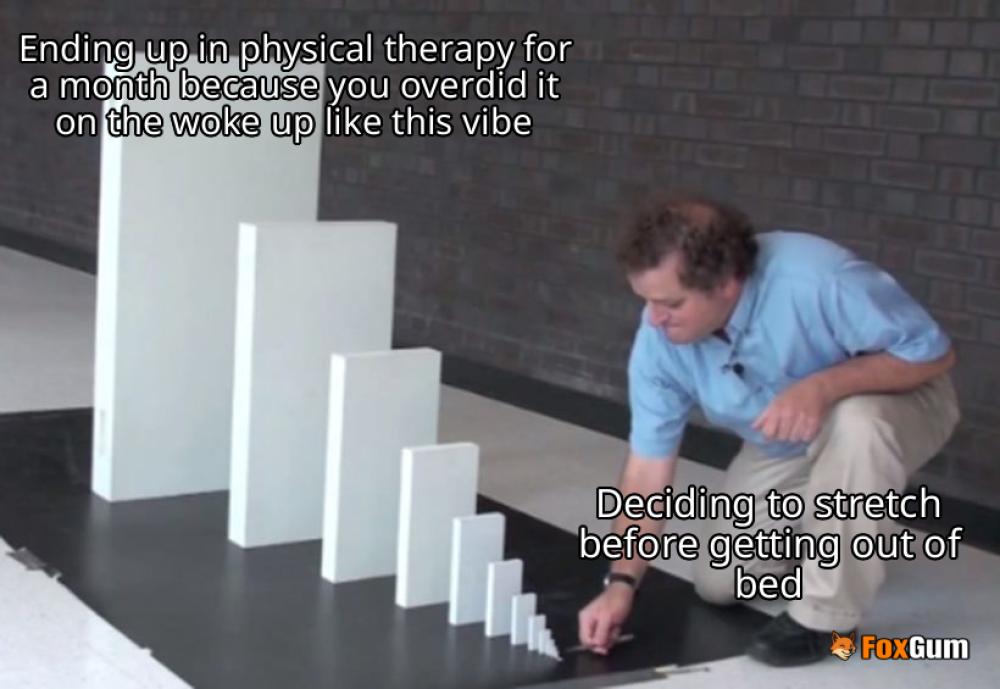
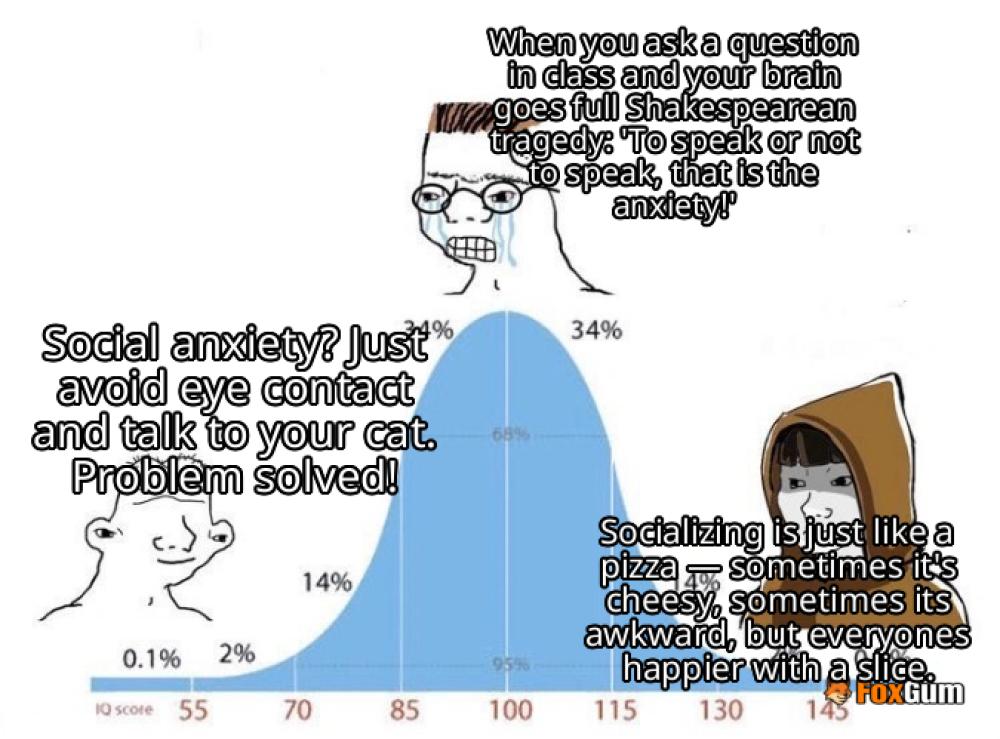
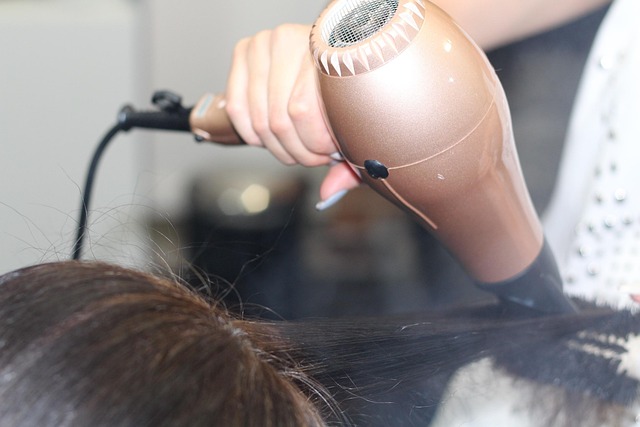


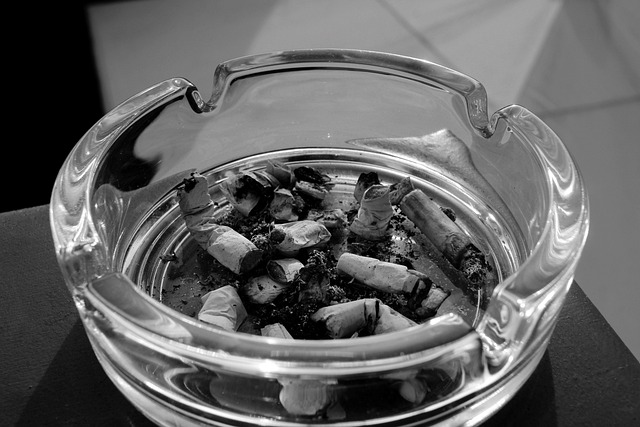
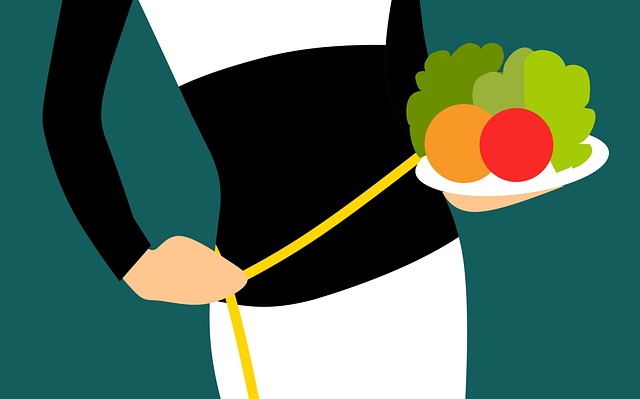
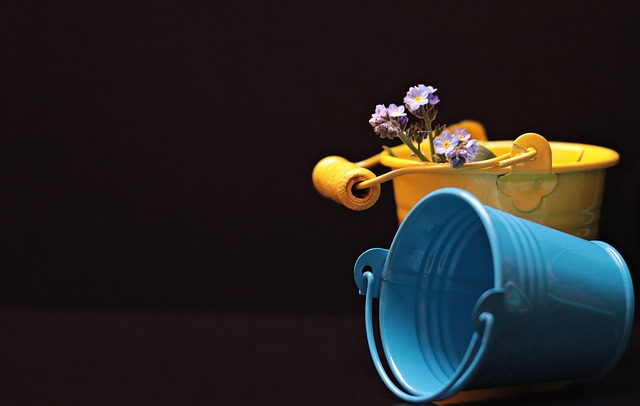
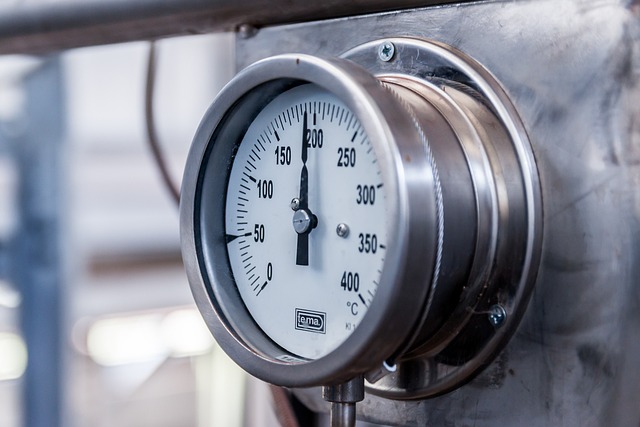
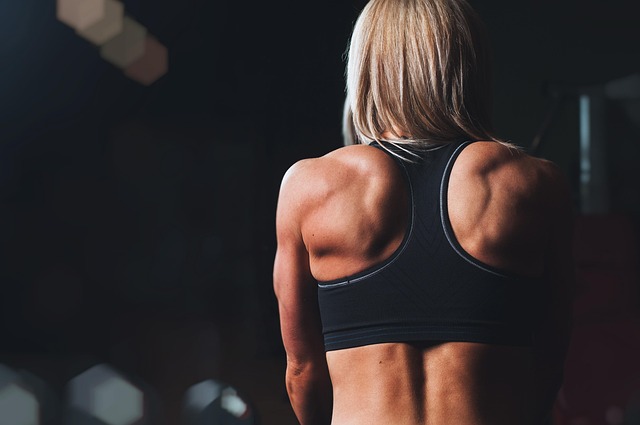

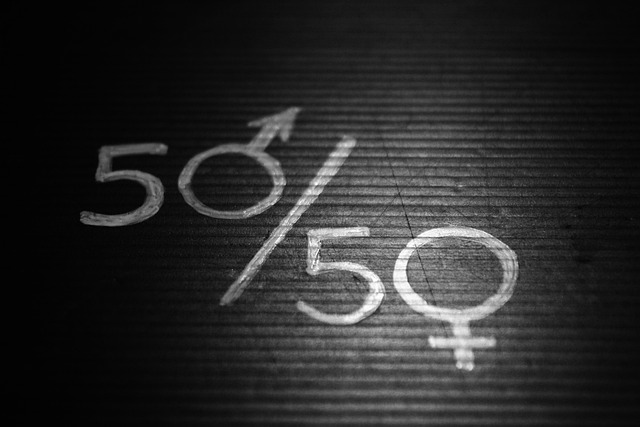
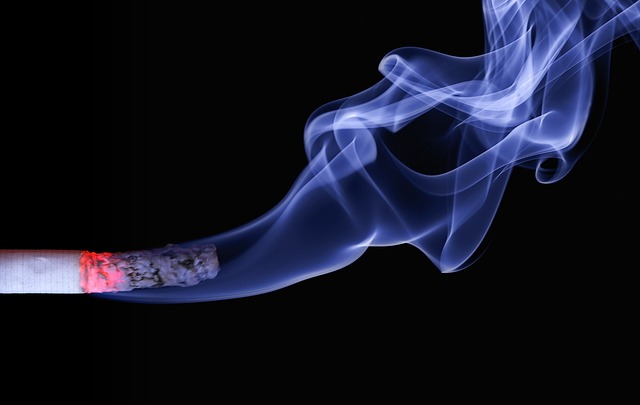
 Health Concerns With Nicotine Pouches
Health Concerns With Nicotine Pouches 
 Health
Health  Fitness
Fitness  Lifestyle
Lifestyle  Tech
Tech  Travel
Travel  Food
Food  Education
Education  Parenting
Parenting  Career & Work
Career & Work  Hobbies
Hobbies  Wellness
Wellness  Beauty
Beauty  Cars
Cars  Art
Art  Science
Science  Culture
Culture  Books
Books  Music
Music  Movies
Movies  Gaming
Gaming  Sports
Sports  Nature
Nature  Home & Garden
Home & Garden  Business & Finance
Business & Finance  Relationships
Relationships  Pets
Pets  Shopping
Shopping  Mindset & Inspiration
Mindset & Inspiration  Environment
Environment  Gadgets
Gadgets  Politics
Politics 